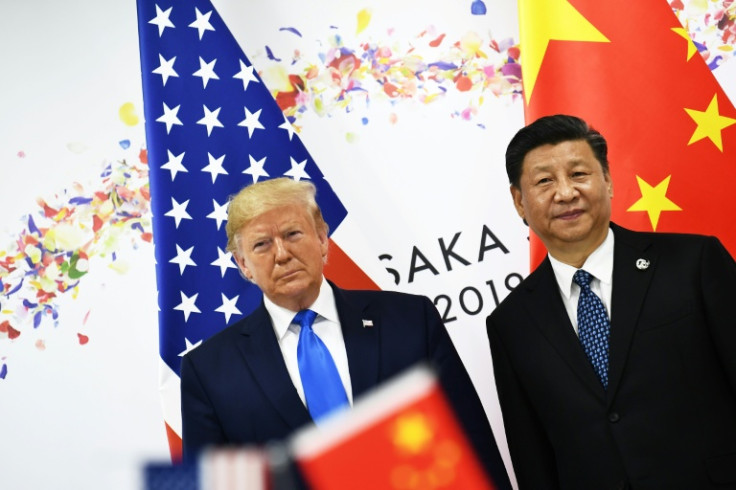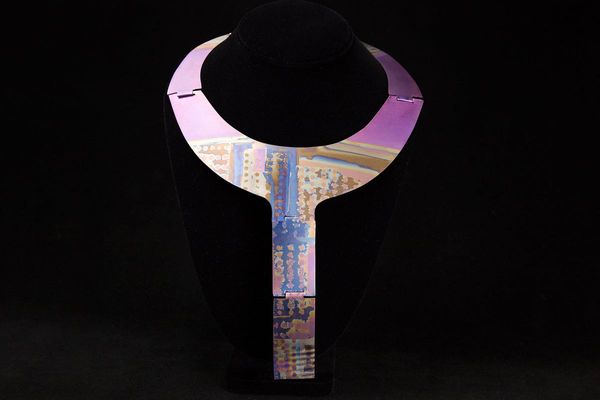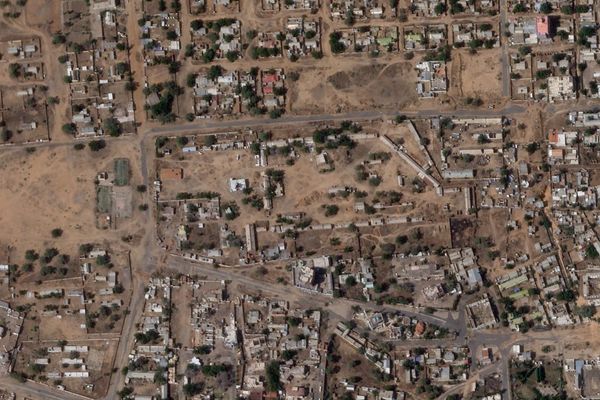
When U.S. President Donald Trump and Chinese President Xi Jinping met during the APEC 2025 Summit in Busan, South Korea, they entered the room carrying years of accumulated friction. The meeting was their first face-to-face encounter in six years, and it took place against a backdrop of economic rivalry, tariff battles, and a shifting global order. What emerged from the talks was not a breakthrough, but a calculated pause. The two leaders chose a ceasefire that cools tempers, steadies markets, and resets the terms of competition without resolving its causes.
APEC as a Stage for Power Politics
This year's APEC summit was framed around sustainable development, energy security, and digital cooperation. Yet, as delegates from 21 economies gathered in Busan, the spotlight quickly turned to the U.S.–China relationship. The summit's host, South Korea, had hoped to use APEC to showcase regional collaboration on issues like clean energy and supply chain resilience. Instead, the gathering became a theater for global diplomacy.
Trump arrived in Busan near the end of an Asia tour that included Japan and Southeast Asia, signaling renewed American focus on the Indo-Pacific. Xi's participation gave the forum its most anticipated moment, as both leaders prepared to test whether dialogue could replace confrontation. In the corridors of the summit center, ministers spoke of energy transition and digital trade, but every conversation eventually circled back to the same question: could the world's two largest economies finally find a stable rhythm?
The answer, at least for now, appears to be yes, cautiously.
The Mechanics of the Busan Deal
The most visible outcome of the meeting was a partial rollback of U.S. tariffs on Chinese goods. Trump announced that certain duties, including those connected to fentanyl-precursor imports, would be reduced from 20 percent to 10 percent. The average U.S. tariff on Chinese imports will fall from roughly 57 percent to 47 percent, marking the first meaningful tariff cut since the trade conflict began in 2018.
In return, Beijing committed to resume large-scale purchases of American farm products, especially soybeans. Chinese officials indicated that the country would import around 12 million metric tons this season, with a goal of maintaining about 25 million tons annually over the next three years. This would bring agricultural trade volumes close to pre-trade-war levels and offer significant relief to U.S. farmers.
China also agreed to postpone for one year its planned export restrictions on rare earth elements and critical minerals, which are essential for electric vehicles, semiconductors, and defense technologies. Trump described this as "a worldwide relief," noting that rare earth supplies had become a source of anxiety for manufacturers from Seoul to Detroit.
The two sides also reaffirmed cooperation to curb the export of chemical precursors used to produce synthetic opioids, intertwining law enforcement with economic negotiation in a way that has become a hallmark of Trump's approach to foreign policy.
What the Truce Means
The Busan deal offers tangible short-term relief. U.S. farmers gain renewed access to Chinese markets, manufacturers get a temporary reprieve on critical minerals, and the immediate risk of a new tariff escalation is reduced. Asian stock markets reacted positively, while commodity prices saw a brief uptick.
Yet the structure of the deal is deliberately temporary. The rare earth deferral lasts only a year, and the agreement itself will be reviewed annually. Trump described it as "a fair arrangement that keeps everyone honest," but this approach also ensures continuing uncertainty for global businesses. It turns the trade relationship into a rolling negotiation rather than a settled framework.
Technology restrictions remain firmly in place. The United States did not lift its export controls on advanced semiconductors, and Chinese access to cutting-edge chips such as Nvidia's latest Blackwell models is still off the table. This leaves the strategic foundation of the trade rivalry untouched.
In essence, the Busan outcome replaces confrontation with managed competition. Both sides gain breathing space, but neither surrenders leverage.
How APEC Became the Arena
The 2025 APEC Summit was intended as a forum for economic cooperation, but it also became a mirror of shifting power dynamics in the Asia-Pacific. For the host, South Korea, the event offered an opportunity to assert regional leadership by promoting sustainability and supply-chain diversification. For smaller APEC economies, the Trump–Xi meeting was a reminder of how much their prosperity depends on stability between Washington and Beijing.
The summit's broader discussions covered renewable energy integration, sustainable ocean management, and digital infrastructure development. Ministers from Japan, Australia, Indonesia, and Chile pushed for progress on green technology financing and maritime governance. These initiatives risked being overshadowed by the high-profile U.S.–China encounter, but they also gained relevance as part of the same conversation: how to build resilience in a world defined by rivalry.
The Busan summit, therefore, was not just another APEC gathering. It symbolized how regional forums have become strategic arenas where global politics, economic security, and diplomacy intersect.
Strategic Calculations on Both Sides
For Beijing, the temporary truce provides room to maneuver. China faces slowing growth, weak exports, and persistent foreign investment concerns. Easing trade tensions helps stabilize sentiment without requiring fundamental policy shifts. The rare earth delay keeps China's control over global processing intact, while allowing it to project moderation.
For Washington, the move aligns with Trump's political instincts. It provides immediate wins for farmers and manufacturers ahead of an election year, while maintaining pressure on China through annual renegotiations. The administration can claim victory without retreating from its larger stance on technological containment.
Both sides left Busan with tactical gains and strategic ambiguity. Neither committed to structural reform, yet both signaled a willingness to engage again. In geopolitical terms, that is progress of a kind.
Looking Ahead
The next chapter will depend on implementation. The promised Chinese agricultural purchases must materialize in full, or Washington could easily reimpose tariffs. The rare earth deferral will need to be renewed next year, and that decision could hinge on whether Beijing perceives goodwill or confrontation from the U.S. side.
Follow-up meetings are already on the calendar. Trump is expected to visit China in April 2026, while Xi is tentatively scheduled to travel to Washington later that year. Trade ministers from both sides will meet earlier to translate the Busan commitments into legal frameworks.
Meanwhile, APEC itself will continue its work on shared issues like digital governance, critical minerals diversification, and low-carbon energy transition. The hope among member economies is that the spirit of Busan will spill into these initiatives, lending momentum to projects that go beyond the U.S.–China rivalry.
A Breather, Not a Breakthrough
The Busan meeting produced a moment of calm, not a conclusion. Tariffs will fall modestly, trade will resume selectively, and dialogue will continue. But the deeper structural tensions between the two powers remain unresolved. The competition over technology, subsidies, and geopolitical influence still defines their relationship.
For businesses and governments across the Asia-Pacific, the outcome offers temporary certainty but not lasting security. The world has learned to treat such truces as intervals rather than turning points.
The 2025 APEC summit will be remembered not for its declarations on sustainability or digital trade, but for its role as a stage where two global rivals practiced the art of controlled confrontation. In that sense, Busan delivered something valuable, if limited: proof that diplomacy still matters, even when peace remains out of reach.
For now, the trade war is not over, but it has been paused long enough for the world to catch its breath.







